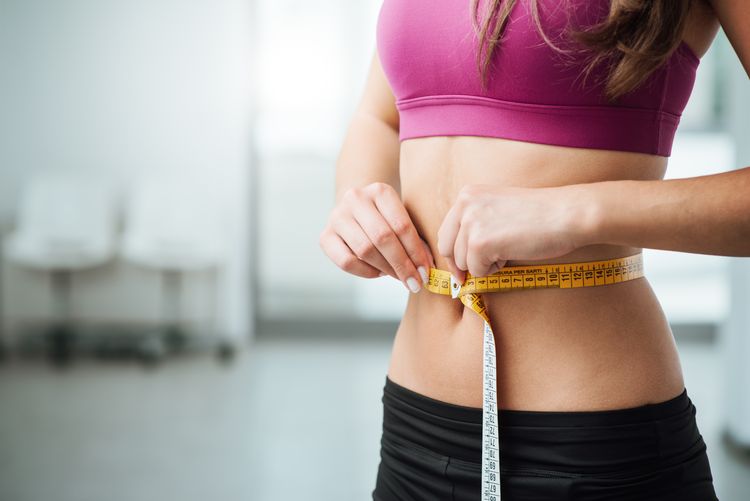Why Cold Thermogenesis Might Be What You’re Missing From Your Health Routine, Part II
Cold thermogenesis has become one of the hottest topics in the world of health, training, and well-being. Rightfully so, since some research has found that an improved immunity, fat loss, better muscle recovery, and an elevated mood are all possible from an everyday dive into cold water.
Here are four of the major health claims made by cold training enthusiasts, and an exploration of the research that substantiates or refutes the claims with cold, hard facts.

Improved Immunity
One study from 2016 found that there was a correlation between taking a cold shower every day and a reduced amount of self-reported illness. Many studies have shown that cold thermogenesis can increase the plasma levels of a number of different types of immune cells. Your blood having more immune cells is normally a good thing, though the association between how many immune cells you have and the efficacy of your immune system hasn’t been researched thoroughly.
Another study found that an exposure to cold combined with a specific breathwork technique helped the subjects work on their immune response when dead E. coli was present. The Wim Hof Method of breathwork and exposure to cold may be something you’ll want to investigate.
In short: While recent findings are impressive and may have implications for how to treat autoimmune and inflammatory conditions, more research is needed to substantiate that cold exposure does indeed improve the immune system’s ability to fight infections that are active.

Enhanced Mood
If you survey cold thermogenesis loyalists what their favorite thing is about their ritual, they nearly always come back to the calming mental state and increased vigor that they feel afterwards. Not surprisingly, the most common self-reported benefit of cold thermogenesis is improved mood and attention. Some research suggests that mood enhancement can result from a marked increase in norepinephrine in the brain, which can increase up to fivefold in response to cold exposure.
Norepinephrine is a neurotransmitter and hormone that has a link to better mood, ability to focus, and pay attention. Without proper amounts of norepinephrine, there have been connections to having low energy, depressive thoughts, and a poor attention span. In addition, it’s believed that the strength of the electrical impulses that go from the nerve endings in the skin to the brain can have an effect that can be antidepressant.
In short: If you want to keep your mood and mental state up, trying cold therapy can probably be help.

Increased Fat Loss
Some studies have seen that BAT activation occurs when combined with exposure to cold temperatures. BAT activation has an association with a metabolic rate and more calories being burned. Although cold thermogenesis devotees often promote the fat loss benefits of their cold exposure rituals, the real cumulative effect on weight loss is generally going to be less than that of other kinds of weight loss methods.
In one study, subjects were put into cold water for a total of two and a half hours. This 150-minute plunge resulted in them burning an additional 250 calories being burned. It’s not that impressive when you considers that’s around how many calories you’d burn just by walking for a little over an hour.
Another study reported that people lost 1.5 pounds of fat when they were exposed to cold for two hours every day over the course of six week. Again, sounds great at first, but not when you realize that the same results could end up being achieved of just exercising and eating properly for two weeks. Also, your appetite may indeed be stimulated from exposure to the cold, resulting in a desire to eat more and increase caloric intake.
In short: Exercise and diet are the best ways to shed those pounds, and cold exposure can be a supplementary step to take.

Accelerated Muscle Recovery
Once we are done exercising, our bodies start an inflammatory response to work on repairing tissue, which is then proceeded by an anti-inflammatory response. The process of cold thermogenesis may end up mitigating some of the inflammatory response and assist in the anti-inflammatory response. That sounds good initially, but in fact, cold thermogenesis could end up being detrimental for those focused on strength training.
A randomized trial indicated that strength training right before doing cold water therapy can dull hypertrophy and strength adaptations, which suggests it’s beneficial to have the inflammatory response when you’re aiming for optimal mass and strength gains. When mass and strength are your main goals of training, you don’t want this response inhibited in any way.
But studies performed with top runners showed that cold exposure reduced some of the regular inflammatory response, assisted in the anti-inflammatory response, and helped with recovery of the muscle. In addition, cold thermogenesis has been shown to increase mitochondrial biogenesis. Adding mitochondria to muscle cells increases the muscle’s aerobic capacity, which in turn may play a role in performance enhancement.
In short: It depends on what your training goals are. If you’re aiming for strength, the research points to keeping away from cold exposure for recovery, at the very least right after you’re training. But if you want to work on your cardiovascular help, it’s definitely helpful for recovering.
As always, it’s recommended that you check with your primary health care provider before begin any new training regimen, including cold thermogenesis.
